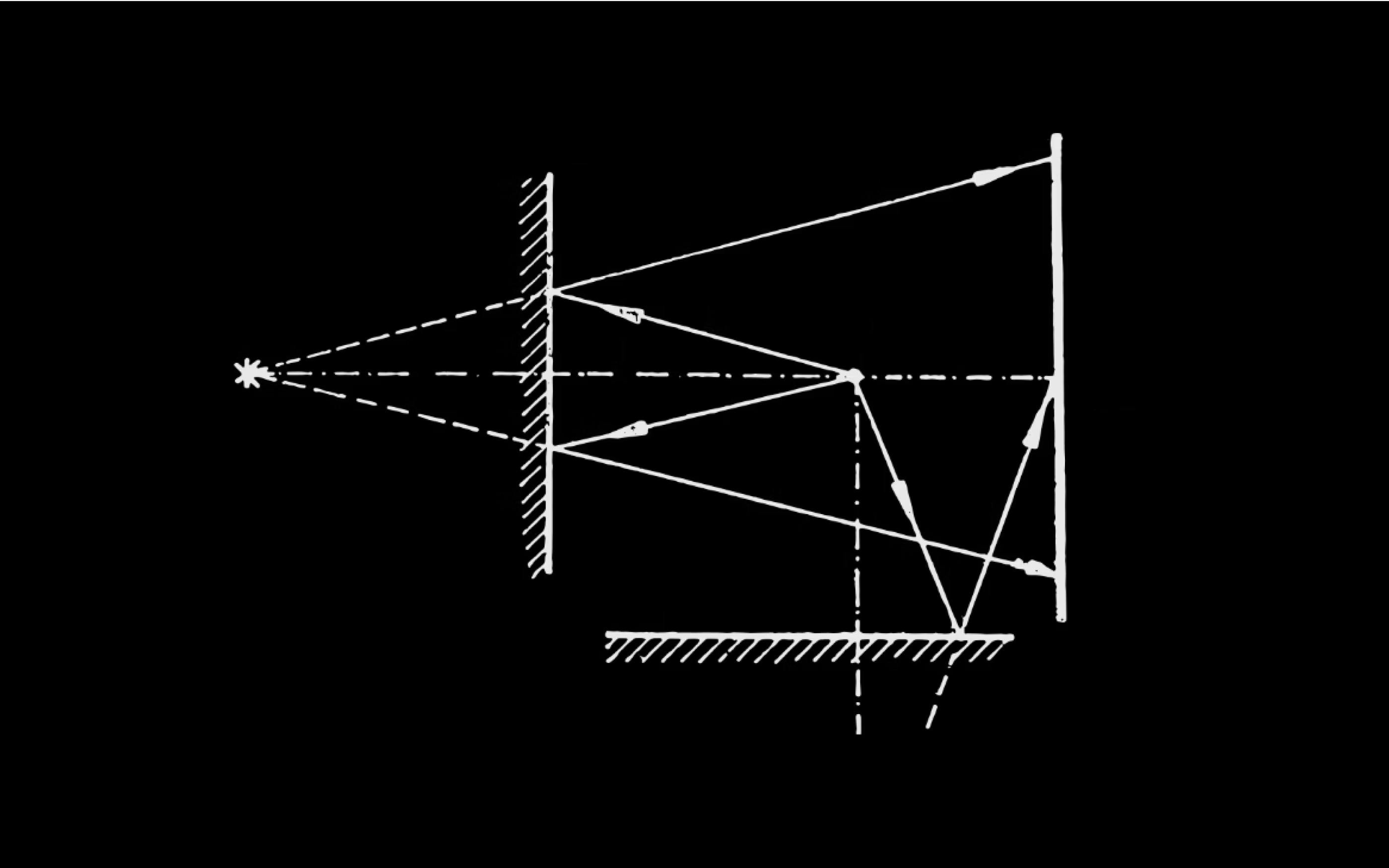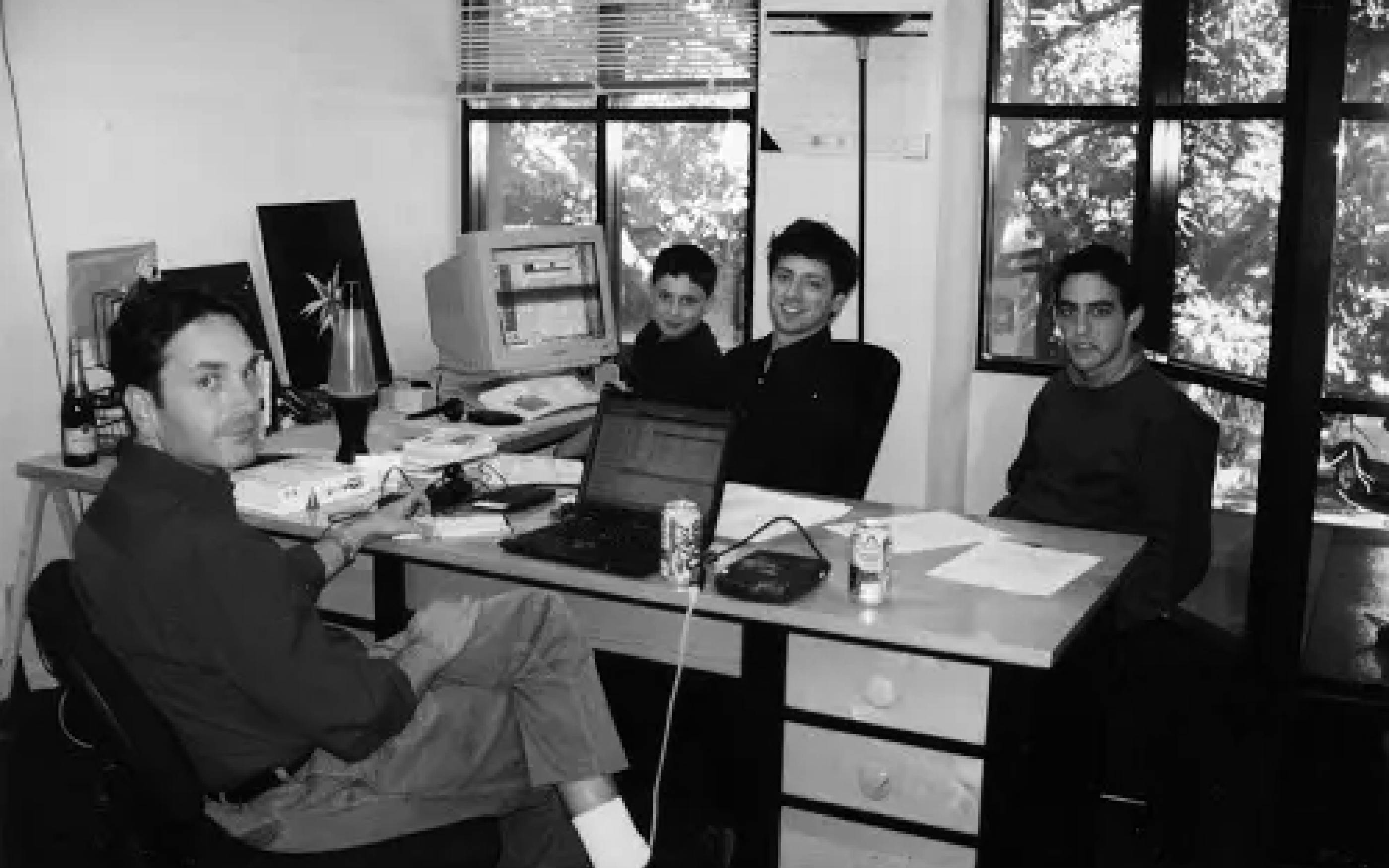Process
On building trust, not checklists.
“A bad system will beat a good person every time.”
➪ W. Edwards Deming
Process is predictability
It is a series of actions carried out with the goal of achieving a particular outcome. It functions as a recipe or a set of instructions that guide you from start to finish. In context of companies, process brings predictability and clarity to day-to-day work.
Process makes thinking visible
Having a structured way of tackling design problems helps increase visibility into how decision-making unfolds over the course of a project. Process also helps multidisciplinary teams create a shared language and define everyone’s roles more clearly.
Process helps companies scale
Having an established process allows heterogeneous teams to work in tandem. From a business perspective, it also helps mitigate risk—since decisions tend to be more thoughtfully documented and consistent. Even when something goes wrong, having a set process allows teams to understand where things derailed so they can course-correct faster.
Certain steps are about advancing the work; others are about achieving alignment
It’s important to understand that distinction and think critically about why the team is taking a certain step. Not everything will be solved with a workshop.
If your company is making strategic decisions based on Figjam sticker voting, something is fundamentally broken about your team’s vision.
Process are meant to create moments of reflection, not checklists
The best teams are the ones that find a balance between following steps and embracing critical thinking. It’s okay to deviate from the standard path. In fact, many times, following the same steps blindly and without critical thinking means wasting everyone’s time.
Process is a billion-dollar industry
Design thinking, double diamond, agile, scrum, lean UX, design sprint. Humans seek formulas. Formulas sell books, classes, and courses, and feed multi-million contracts where consultancies come in to fix teams that are misaligned and can’t get work done. Watch out for Trademarked Processes™ that claim to solve all your company’s problems. Instead, find what works for your team and your users.

It’s not because it worked for one company that it will work for every company
Process is dependent on infrastructure, headcount, team configuration, incentives, and overall company culture. Stop trying to implement Pixar’s process in financial institution.
What worked in the past might not work now
Technology changes, company priorities change, and people come and go. Insisting on following a process that was defined five years ago by another leadership team is probably not going to fly. Make it a point to regularly get a pulse from the team about how things can be improved, and which parts of the process can simply be left behind.
You need to understand the process to be able to break it
Less experienced designers tend to stay on the known, prescriptive paths. With experience, as you master the process, you will feel more confident about when and how to push things forward differently. Design is not a formulaic discipline, so you will need to balance process with critical thinking to make decisions.
"The creative process is a process of surrender, not control."
➪ Julia Cameron

You don’t need a lot of process when your entire company fits in a small office space.
Photo: Google
Beware of performative processes
Company incentives play a big role in how much people are tied to processes. Sometimes people will add “user interviews” or “cross-disciplinary workshops” to the process simply to build a compelling case for their performance review—regardless of how effective those will be.
Process doesn’t matter at all if output and outcome aren’t good
This is a classic problem in design portfolios: lengthy case studies where the designer shares a detailed breakdown of every single step they took and how “user-centered” and “data-driven” everything was—only to land on underwhelming designs and even more underwhelming results.
Teams that talk too much about process might be avoiding talking about design
Sure, we can all be more diligent about “following the process”—but do we have clarity on where we’re trying to go? Is the vision clear, as defined by company leadership? Are we comfortable questioning the status quo? Beware of designers who hide behind processes to avoid making real decisions. The focus should always be on the work, how to push it forward, and how to make it better.
"You can't use up creativity. The more you use, the more you have."
➪ Maya Angelou

The process should serve good design, not the other way around
If design in your organization simply means following pre-defined steps and prompts, you could leave it to AI to solve it. Machines are way more efficient than humans at that stuff. Good design requires critical thinking.
The more the team trusts one another, the simpler the process should be
For companies, it’s safer to trust the process than to trust people—they only implement strict, detailed processes when they’re unable to build trust at scale to make important decisions. You don’t build trust by delivering rulebooks; you build trust when you deliver good design.